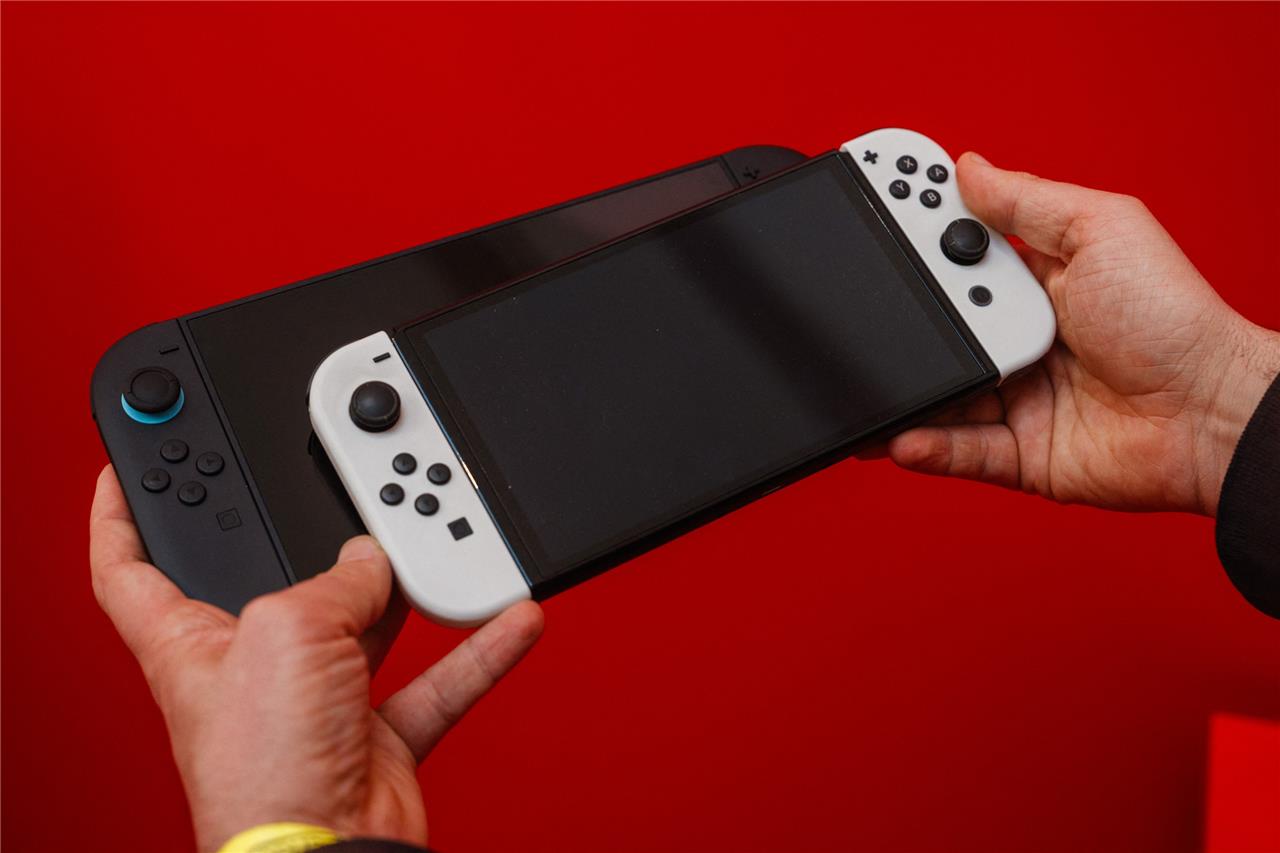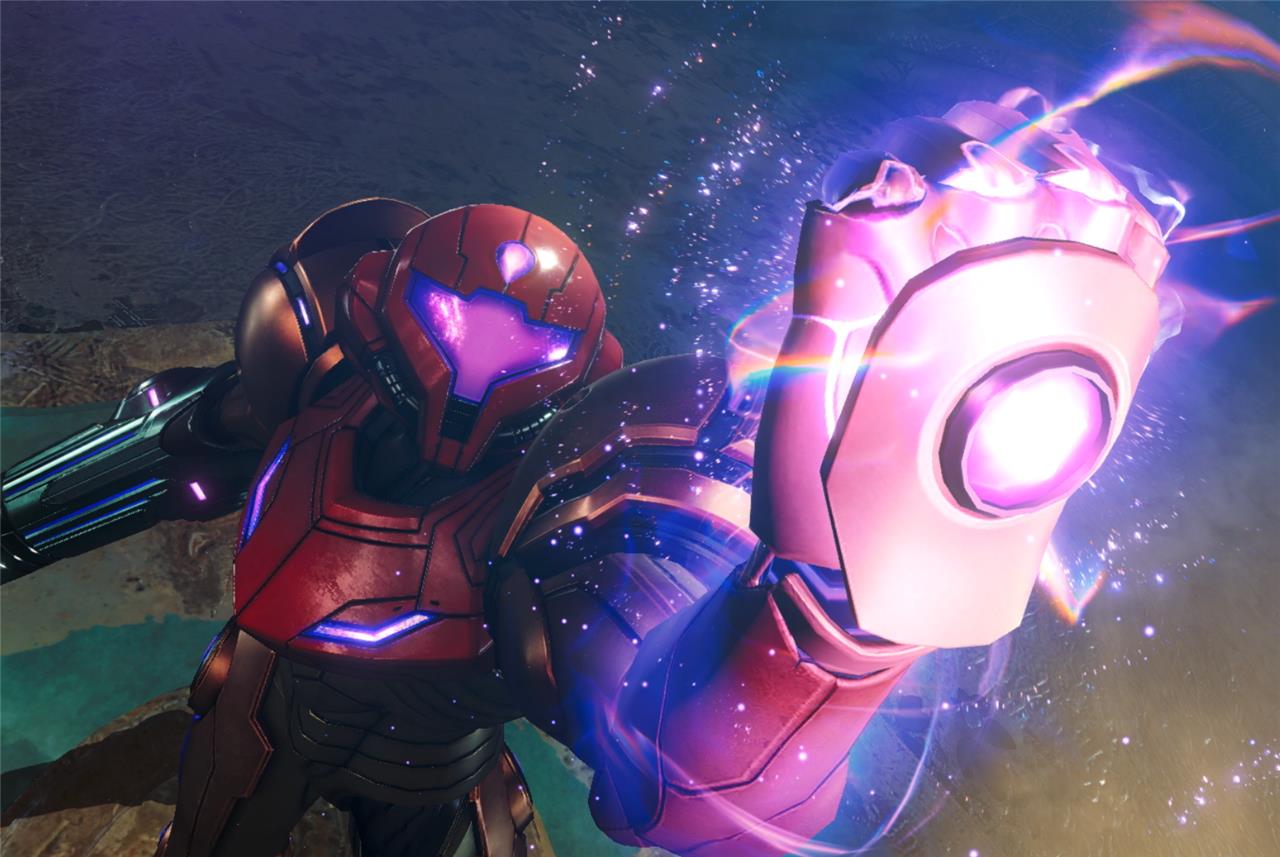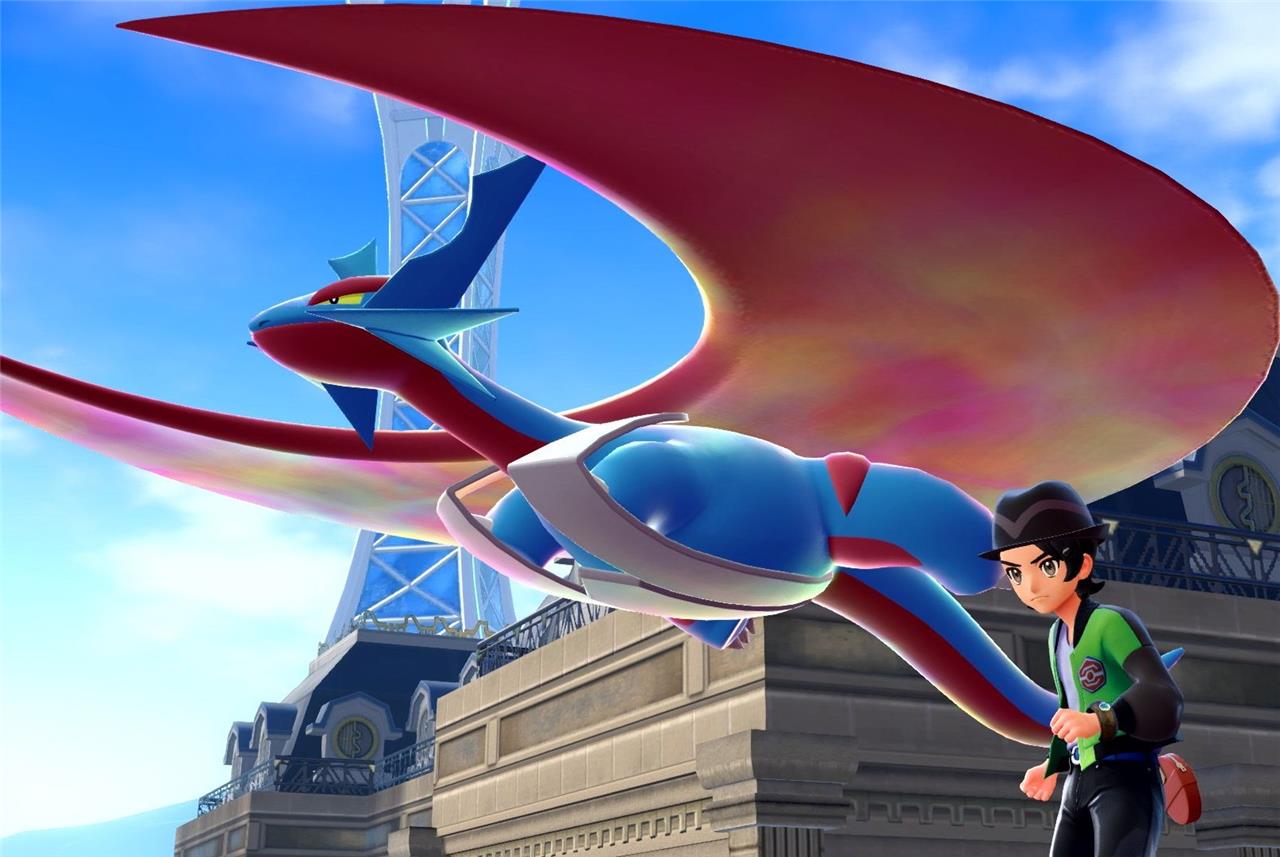With over 152 million units sold and just a few million shy of the all-time record, the Nintendo Switch is on the brink of becoming the best-selling console in history-has Nintendo’s latest strategy ensured its place at the very top, or is there still a twist left in the console wars?
The original Nintendo Switch has sold 150 million units, making it the third-best-selling console of all time. Ahead of it are Nintendo DS, at 154 million units, and PlayStation 2, at over 160 million, according to Sony. My assumption had been that the Switch would be able to claim second place from the DS, but that the all-time console crown would probably elude it. Now, I’m not so sure.
Let’s look at the math. Nintendo predicted it would sell 11 million Switches during its most recent fiscal year, which just ended. This represents a very steep 30% drop from the previous year’s sales – a trend that, I assumed, would get even worse once the Switch 2 was on sale.
Regardless, it’s a given that the Switch will eventually sell enough to outstrip the DS; if, as Nintendo predicted, 1.5 million Switches were sold in the first quarter of 2025, then it’s already up to 152 million in lifetime sales. But that means to surpass PS2, Nintendo would have to sell 8 million more units after the Switch 2 is released on June 5. It would take, perhaps, two years of steady sales to shift that many, and it was hard to imagine the aging console maintaining that kind of momentum.

That doesn’t seem so hard to imagine now. Consider the pricing tiers of what Nintendo likes to call “the Nintendo Switch family of consoles.” The Switch Lite is $199.99. The Switch is $299.99. The OLED Switch is $349.99. And now we know that the Switch 2 will cost $449.99 (at least).
Only the OLED Switch, the current premium offering, looks like it no longer has a place in that lineup. The other models all occupy markedly different price points and value propositions. The Switch 2’s price point is high enough to put it in a different class altogether, competing with PlayStation 5 and Xbox Series X and the new wave of PC handhelds.
Consider, too, the kind of people who buy Nintendo Switch consoles who aren’t gaming enthusiasts. They are families, parents, casual gamers. The family angle is particularly pertinent. At $449.99, the Switch 2 is nobody’s idea of My First Game Console. But new gamers are born every year, and their sixth and seventh and eighth birthdays and all those Christmases are still going to roll around, regardless of whether there’s a new Nintendo console at an appropriate price to fill that need. Those kids’ parents are probably going to opt for an older-model Switch and not worry about the fact that it has few new games coming out, when their little ones have eight years’ worth of one of the deepest back catalogs in gaming history to dig into. (Trust me on this – I’m one of those parents.)
It’s also likely that none of these price points are changing even after the Switch 2 comes out. Nintendo didn’t lower the Switch’s price at all during its lifespan, and the same is likely to be true of the Switch 2. So it’s reasonable to think that a $199.99 Switch Lite might still look like a tempting proposition to a new gamer in two years’ time.


In this scenario, the biggest challenge Nintendo faces in racking up further Switch sales is software. Consoles do need new games to survive, and the Switch’s release schedule is bound to dry up somewhat once Nintendo’s in-house studios move on to the new hardware and third-party publishers have an excuse not to worry about its weak tech specs anymore.
But the Switch does have two major system-selling releases for the 2025 holiday season, in the form of Metroid Prime 4: Beyond and Pokémon Legends: Z-A. And Nintendo has even announced two 2026 games for the console, Tomodachi Life: Living the Dream and Rhythm Heaven Groove, indicating that it’s prepared to keep supporting the Switch for a while yet. Indie developers whose games don’t require much graphical horsepower will probably continue to publish on the Switch, too. Thanks to its gigantic install base, the Switch might enjoy a longer period of cross-gen releases than you’d typically expect – in line with the unusually long transitional period from PS4 and Xbox One to PS5 and Xbox Series X that we’ve just seen.
All of which is to say, I think the Switch could still stick around for another two years at least, selling 1-2 million consoles per quarter and more around the holidays. This would give it just enough momentum to rack up those 8 million sales and reel in PS2 – which, by the way, itself enjoyed a very long sales tail after the PlayStation 3 was released at a then-eye-watering $599 for the 60 GB model.
Nobody is happy about the Switch 2’s pricing – not even Nintendo, I suspect, which might have preferred to price it at $399 if inflation, the cost of components, and those dreaded “evolving market conditions” had allowed. But nobody can deny that the Switch is one of the all-time great video game consoles, and that it deserves a long victory lap – and a chance to take a pop at the king.
Could the original Switch become the best-selling console of all time
The original Nintendo Switch is on the verge of becoming the best-selling console of all time. As of early 2025, it has sold around 152 million units, just a few million behind the Nintendo DS (154 million) and the PlayStation 2 (estimated 155-160 million). Industry analysts and sales data suggest that surpassing the DS is almost certain, making the Switch Nintendo’s greatest hardware hit.
The bigger challenge is overtaking the PlayStation 2. To do so, the Switch would need to sell an additional 8 million units after the launch of its successor, the Switch 2, which is set for June 2025. While sales have slowed as the console ages, factors like the high price of the Switch 2 and potential new editions of the original Switch could help maintain momentum. Some analysts believe the Switch could surpass the PS2 within the next two years, especially if Nintendo continues to support and market the original model aggressively.
In summary, while not guaranteed, the Switch is in a strong position to become the best-selling console ever, with industry watchers considering it more likely than not that it will eventually claim the top spot.
Will the Switch’s sales momentum continue despite the Switch 2 launch
The original Switch’s sales momentum is expected to slow following the Switch 2 launch, but it will not stop entirely. Nintendo has confirmed it will continue supporting the original Switch for the foreseeable future, with new games still planned and ongoing first-party support as long as there is market demand. The company does not view the Switch 2’s announcement as an immediate threat to Switch 1 sales, especially since the Switch 2 is priced significantly higher, making the original Switch a more attractive option for budget-conscious consumers.
Sales data shows a year-on-year decline for the original Switch as it reaches the end of its lifecycle, but its large user base and continued software releases should help sustain some level of momentum. Additionally, backward compatibility with the Switch 2 means new buyers may still see value in owning the original model. However, the overall trend will be downward, with sales tapering off as the market shifts focus to the new hardware.
In summary, while the Switch’s sales momentum will decrease after the Switch 2 launch, ongoing support, a lower price point, and a vast game library will help it maintain steady-if reduced-sales for the near future.
